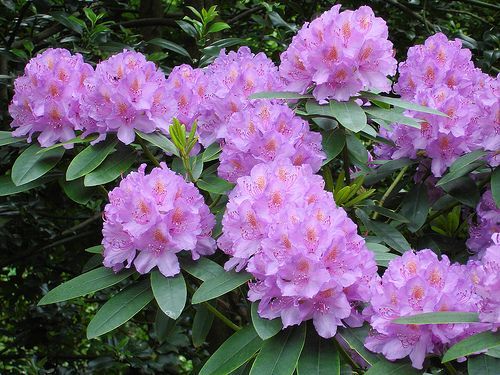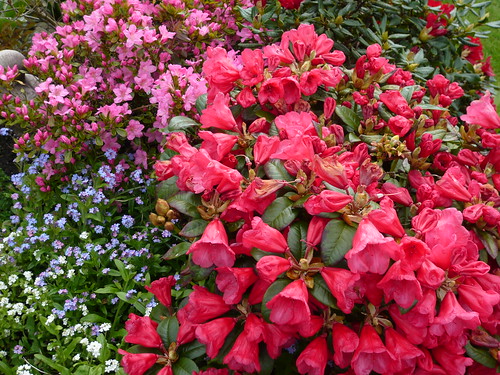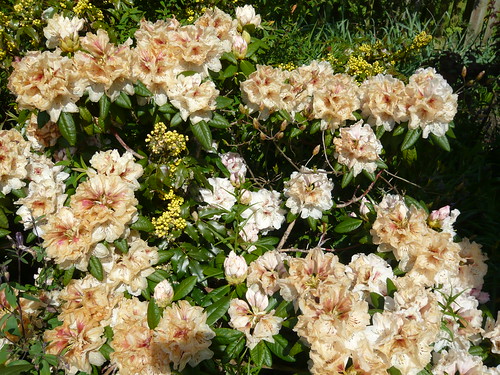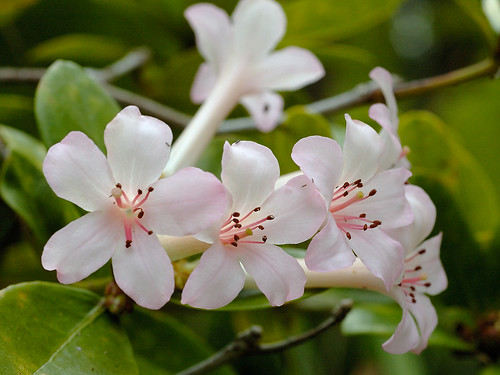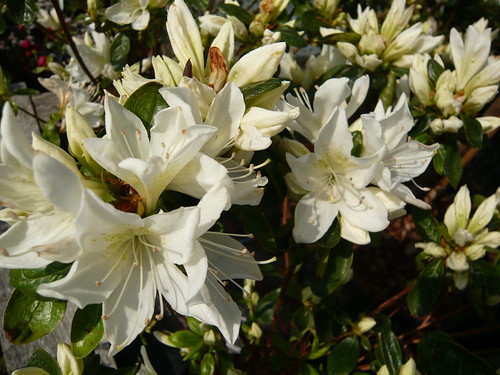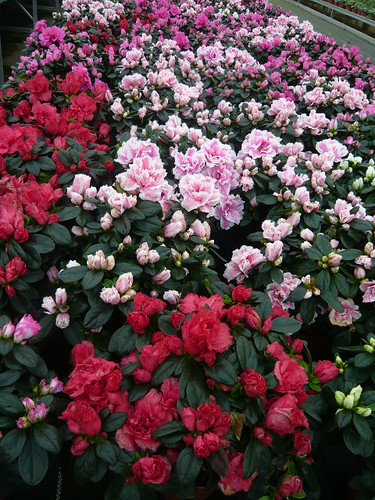Lime Tolerant Rhododendrons
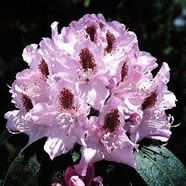
Whilst Rhododendrons have been regarded as ericaceous plants unsuitable for alkaline or limey soils the newly bred Inkarho plants may be an exception. It is also believed that some species and root stocks are tolerance of more alkaline conditions.
These German branded Rhododendrons have been developed to survive in soil which is less than perfect for Rhododendrons. They are all grafted onto a stock that is lime tolerant like the old variety Cunningham’s White or R. hirsutum or R. ferrugineum. The root ball tends to be quite large and robust on these varieties and that may account in part for the ability to withstand alkaline soils. Not everyone is impressed with the results attributed to this breeding programme and particularly the reasons for lime intolerance see Non Conformist Rhododendrons by David Rankin Â
His ‘suspicion is that there are in fact many more lime-tolerant species than we had been led to believe, or that at least there are tolerant strains. What we want to do next is to see whether these species growing on limestone are able to avoid absorption of calcium by their roots.’
I am happy to have the right soil for most Rhododendrons but here are a couple more pictures from Inkarho off spring.
Rhododendrons, which require a pH between 4.2 and 5.5but lime tolerant types of root stock can thrive with a pH between 4.5 and 6.5. An added advantage of plants which have been bred on lime-tolerant root stock is that they are stronger on normal soils.
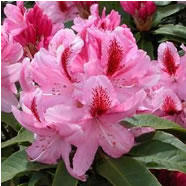
RHS suggests other rhododendrons to try on alkaline soil:
R. augustinii (Electra Group) ‘Electra’ AGM
R. ciliatum
R. hippophaeoides
R. ‘Praecox’ AGM
R. triflorum
